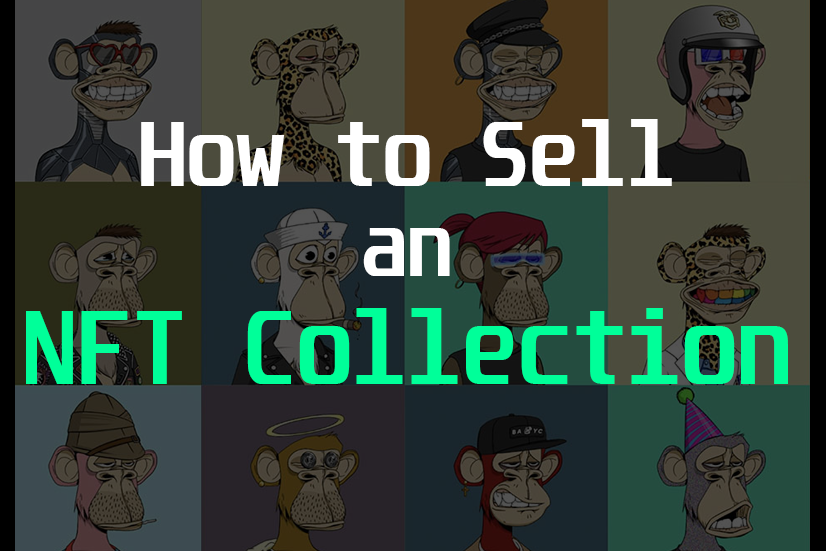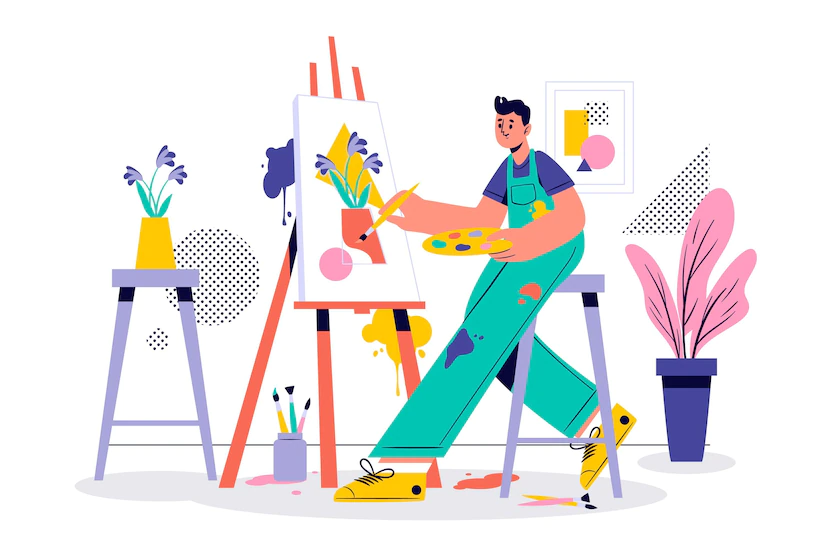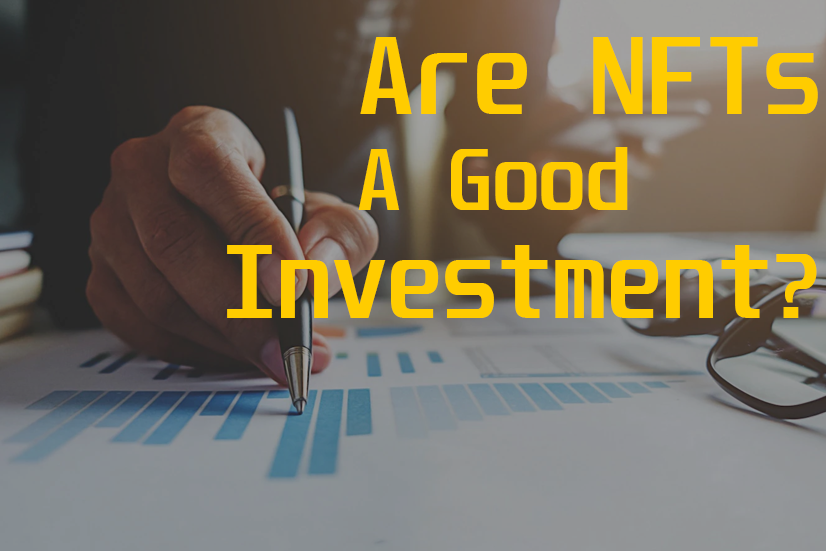How to Sell an NFT Collection
The world of NFTs continues to grow with new emerging opportunities and innovative collections joining the blockchain technology community. If you’re wondering how to sell an NFT collection, here is a comprehensive breakdown of everything you need to know.
What is an NFT Collection?
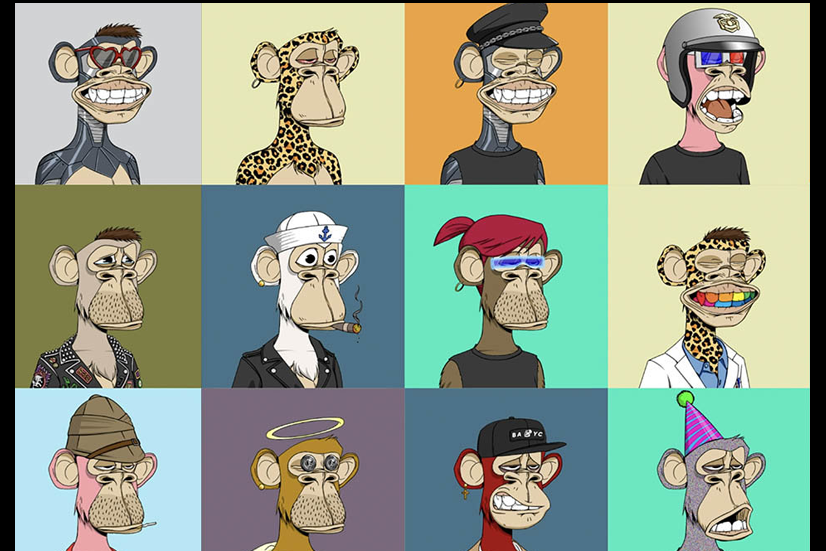
An NFT collection is a group of NFTs or non-fungible tokens. There are limited tokens available for buyers, with a combination of eccentric art designs or rewards upon purchase. These collections can be found on marketplaces such as Opensea, Rarible, Superrare, and more. Most people wonder, what is a generative NFT collection? A generative NFT collection is a combination of 10,000 unique generated digital graphics, creating a high-value scarcity that increases token value. The main pillars that give an NFT value are uniqueness, copyright, rarity, and rewards, amongst other variables that entice investors.
How to Start an NFT Collection:
Many artists wonder how to create an NFT collection, utilizing a generative approach that modifies consistent, unique combinations for token holders. To start an NFT collection, you have to create a collection using an NFT generator. Artists can generate their NFT collection to deploy to blockchains like Ethereum, Binance Smart Chain, Polygon, Cardano, and even Solana. NFT generators allow artists to create layers, upload images, configure layer rarities, collection details, preview options, and primarily generate the NFT collection. Before launching an NFT collection, artists need to gather an initial concept and group of graphics.
The generator is a helpful asset to create 10,000 unique token combinations that will be randomly assigned to holders. Some charity and community focus NFTs are created as a way to financially donate to a cause with all collection sales. NFT collection for charity usually includes a tiered process, with an increased percent donation set for every specified number of sales. For example, one NFT may be donated per ten NFTs sold. With every batch of NFT sales, the charity percentage rises.
How to Launch an NFT Collection:

Before NFTs are available on specific marketplaces like OpenSea, they first have to be minted to the blockchain. That’s why these are often called secondary marketplaces. The process of lazy minting is when an artist can mint a large batch of NFTs directly from their website to the blockchain. This allows you to avoid singular transaction fees for each NFT. There are NFT minters available that help the minting process run smoothly. Before an official launch, there is sometimes NFT whitelisting and presales. This allows artists and brands to create a valuable community from the start with lead magnet incentives.
NFT reveals and pre-reveals are similar to standard minting, however, buyers don’t have access to their unique design for a window of time. What makes an NFT valuable comes down to how much people are willing to pay for it, based on the trajectory of growth, incentives, and rewards. When there is exclusivity to NFTs, investors are attracted to the idea of sole ownership. What makes an NFT successful is the quality of art, storytelling, value, and community-driven approach.
With so many options on the market, investors are looking for new ideas that display growth potential, so it’s essential to diversify your NFT’s purpose, story, and future. There are multiple ways how investors find which NFT collection to invest in. Most people are looking to complete an art collection, gain a status symbol, or generate profit. Investors will use NFT tools, marketplaces, social media, press releases, and personal websites to discover new NFTs.
How quickly an NFT is gaining attention and sales is something that will catch a prospective investor’s attention. If you want to figure out how people determine what NFT collections to buy, it’s vital to position yourself in the headspace of consumers. Gathering information about the success of previous NFTs can help you assess how to market, design, and release your tokens. Building a solid foundation for your NFT community from the start is a fantastic way to create stability before an official release. Focus on what you are providing token holders and how you offer them solutions with your NFT.
How to Sell an NFT Collection:
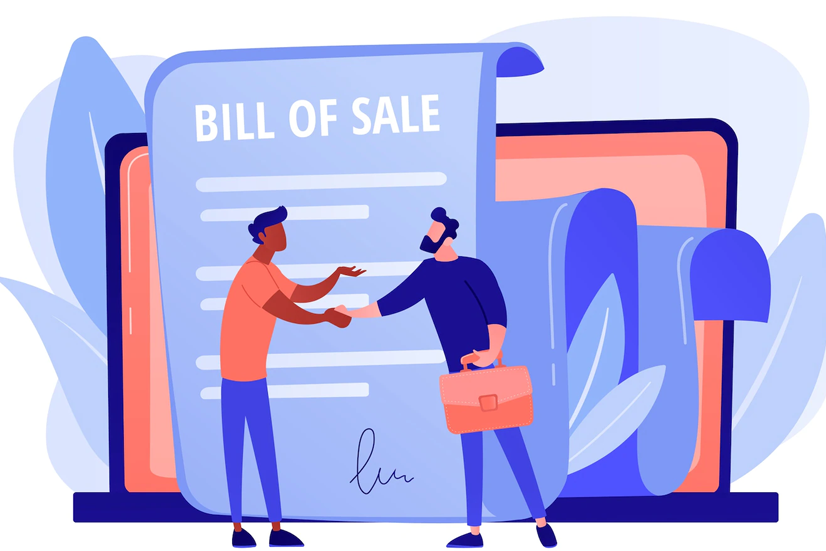
Multiple marketplaces are available for artists and brands when you’re ready to start selling your NFT collection. Selling an NFT collection on OpenSea is relatively simple. Select your profile image in the right corner and then click profile. From here, you can select the NFT collection you’d like to sell. When you click sell, you will be taken to the listings page. When looking for how investors find which NFT collection to invest in, many people will turn to marketplaces to locate emerging tokens.
While it’s possible to sell on multiple platforms, it’s not recommended for your collection’s reputation. It’s essential to think about your target audience and where your NFT will be the most visible and successful. Selling an NFT collection on Solana is an easy way to build a marketplace efficiently. Solana blockchain is scalable, faster, and more affordable than saturated blockchains like Ethereum or Bitcoin. Many people are moving to the Solana network, but it’s still important to do your research to find the best option for you.
To sell on Solana, you have to sign up on the Coinbase site, convert your currency to buy Solana, buy Solana NFTs, and move forward to selling accordingly. Phantom and Sollet are popular for browsers, whereas Solanart and DigitalEyes are great for low transaction fees. NFTs are predominately sold on top of NFT marketplaces like OpenSea, NiftyGateway, Rarible, Factional, SuperRare, Mintable, Theta Drop, etc. Since NFTs are minted on the blockchain, buyers who use U.S currency to buy NFTs must receive them via a compatible wallet. For example, MetaMask, CoinBase, Enjin, AlphaWallet, and various other options.
When you’re ready to start selling your NFT collection, prioritize the NFT generator and NFT minter stage. Building a strong website and social presence is important for increasing visibility around your token. Researching the most applicable marketplace for your token will be vital so you can inform buyers accordingly.
